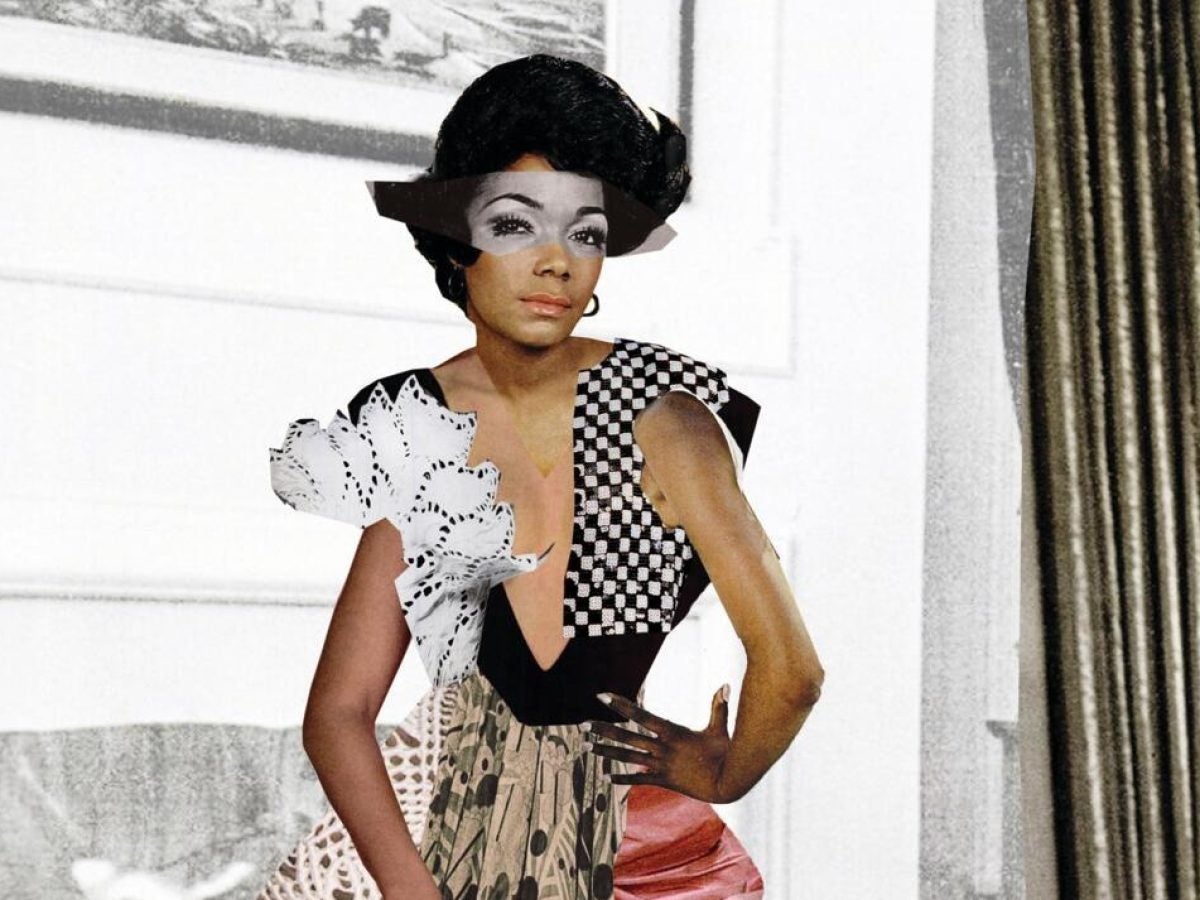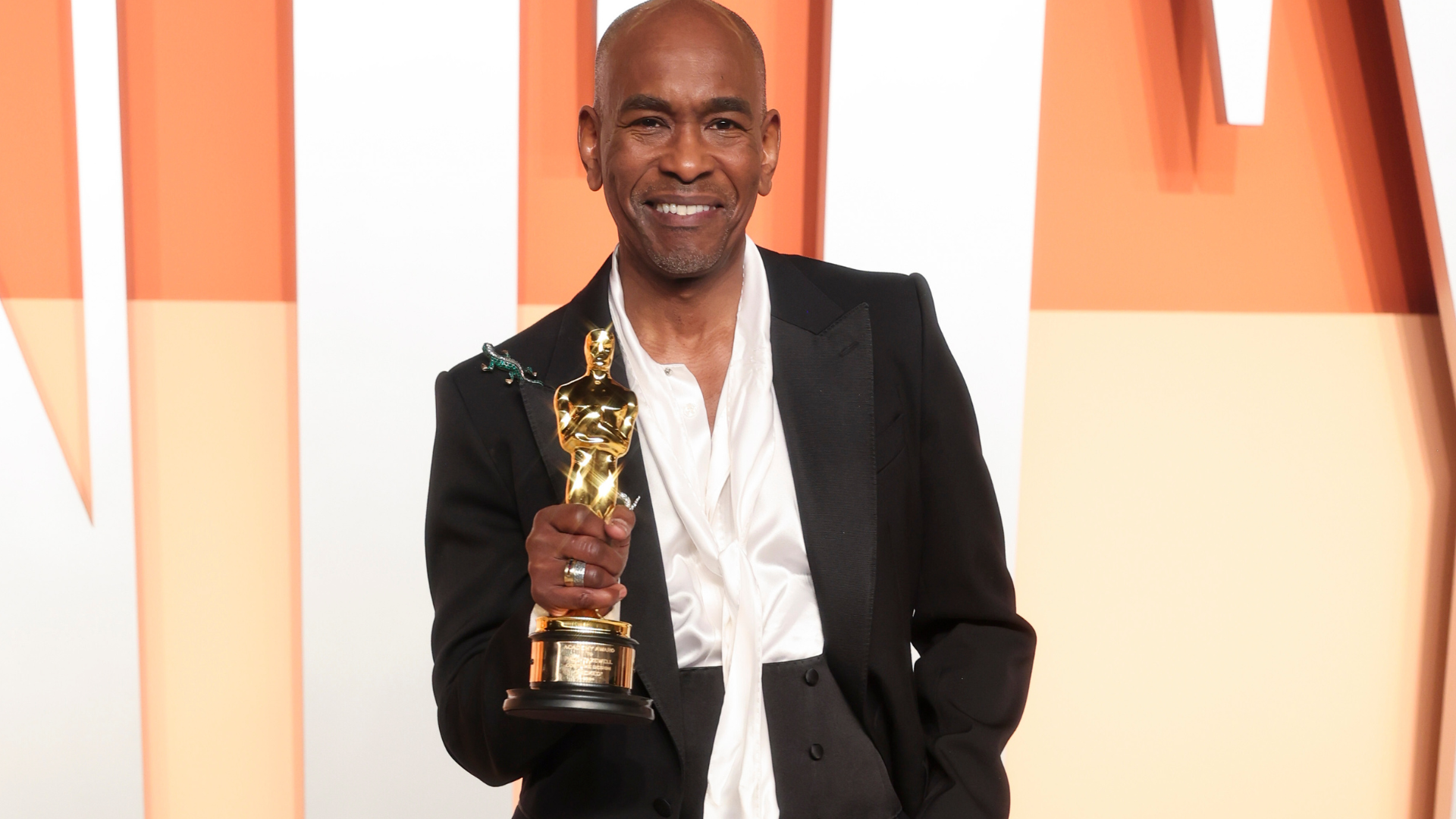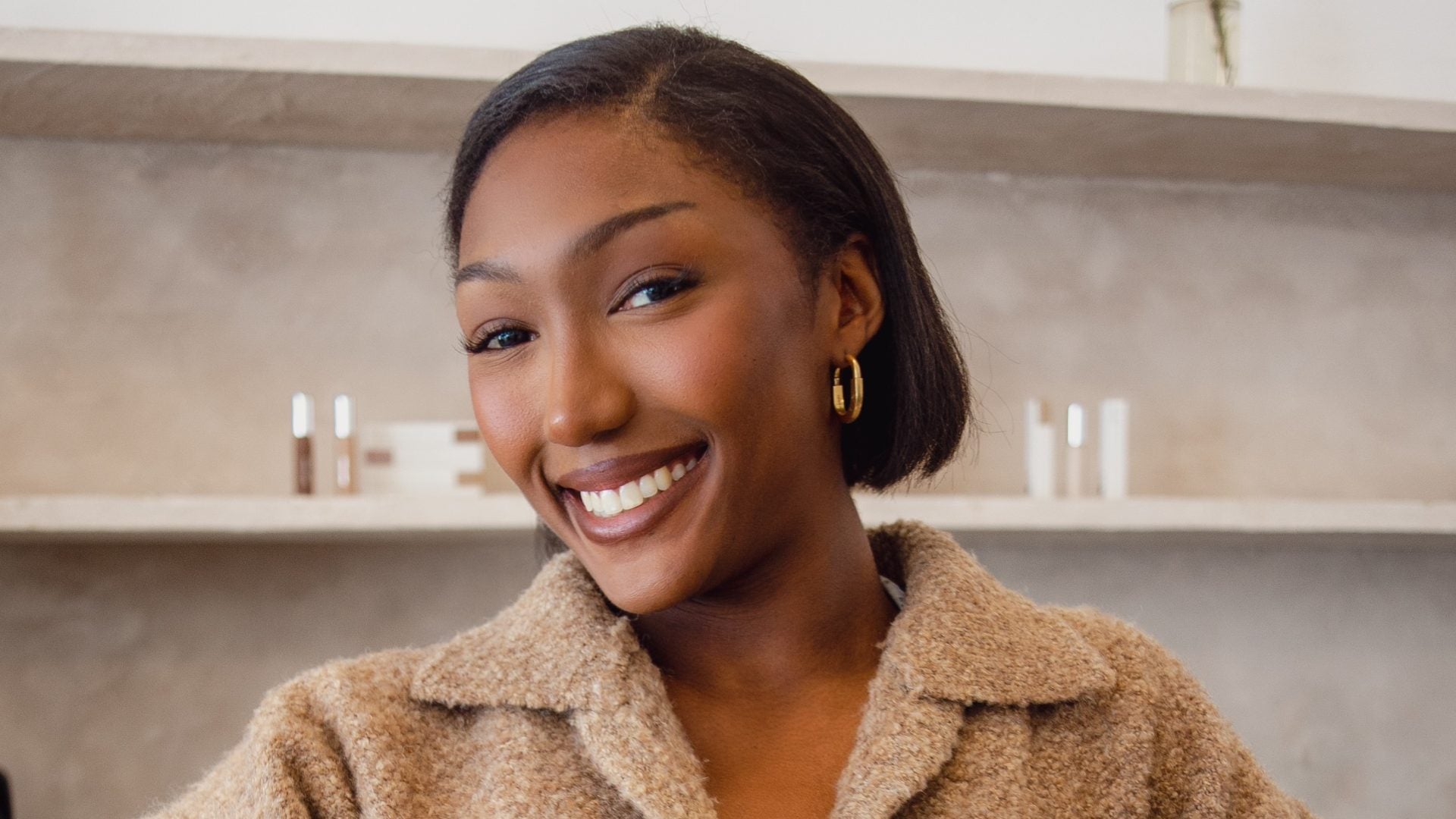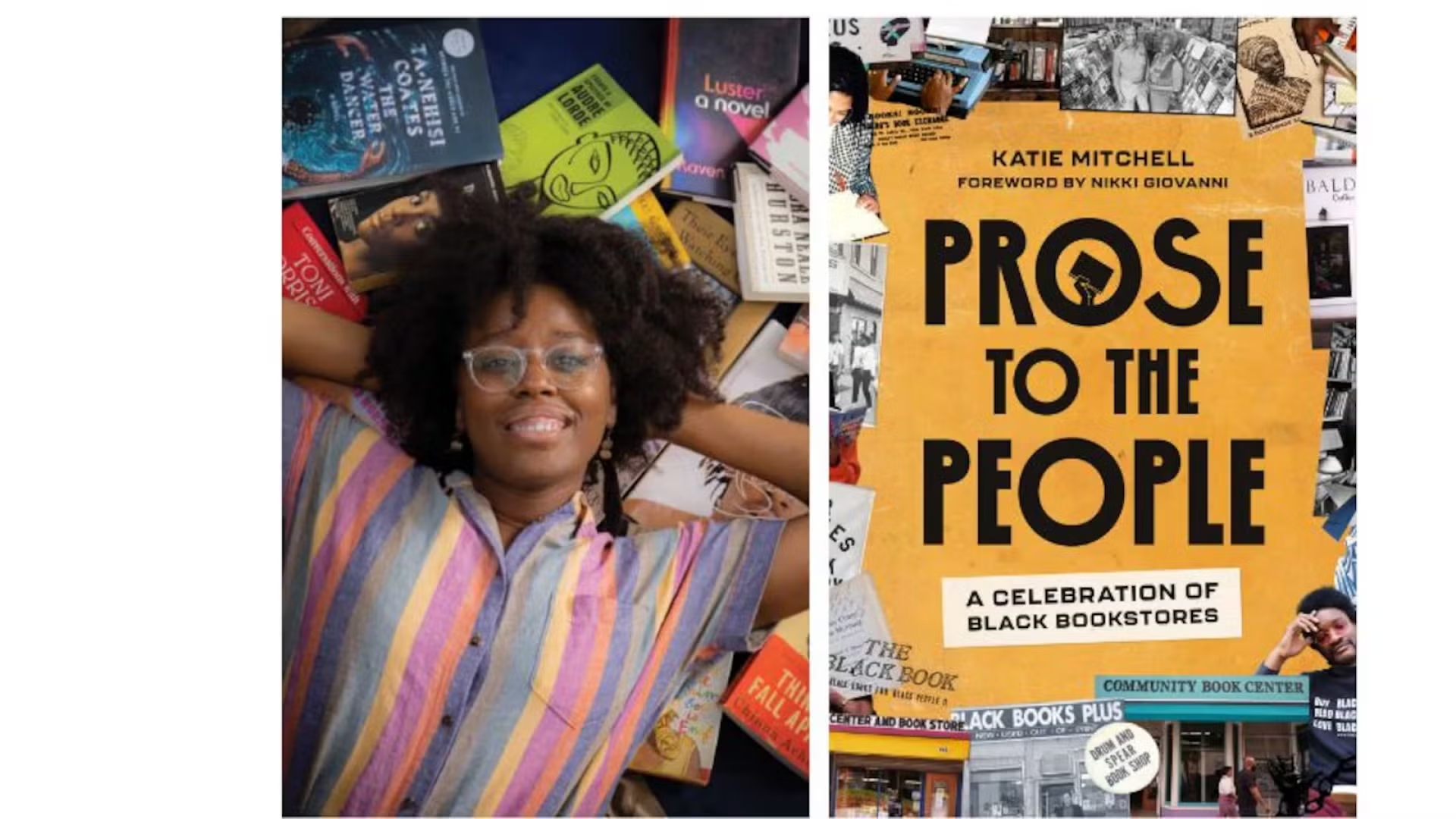
As a newcomer to the luxury- fashion scene, Kílèńtàr founder Michelle Adepoju receives her fair share of pricing complaints. A strapless patchwork dress retailing for $1,059 conveys the brand ethos perfectly: The epitome of Yoruba craftsmanship, it is sewn with colorful handwoven fabric scraps sourced from Nigeria. “Our clothes are worth every penny,” Adepoju says. “We just need to keep educating our audience about the value of our craftsmanship.”
Similarly, Nia Thomas often encounters skepticism regarding the price point of her eponymous line. Working closely with handicraft artisans in Peru and Mexico, Thomas creates one-of-a-kind resort wear; prices range between $55 for a cotton-blend panty and $925 for a paillette-embellished dress. “I’ve lost count of how many times I’ve had customers tell me they can’t afford my pieces, only to reveal that they’ve been saving up for months or even years to splurge on a coveted item from a bigger brand,” she says.
These emerging labels may lack the history of household names—but when you factor in their level of craftsmanship, use of biodegradable materials and ethical production methods, their products, too, become worthy investments. “It’s as if there’s an unspoken assumption that only the legacy labels can deliver on luxury,” Thomas adds.
Luxury. In the collective consciousness, the word conjures up images of sumptuous garments and handcrafted leather accessories, the kind centuries-old European houses are known to produce. Chanel’s tweed suit. The Hermès Birkin bag. Christian Dior’s Bar jacket. Louis Vuitton’s monogram leather trunk. Gucci’s “Jackie” hobo bag. These items may immediately come to mind, yet Black luxury producers have largely been left out of fashion books.
Names like Elizabeth Keckley, Ann Lowe and Zelda Wynn Valdes once suffered historical erasure—despite their legacies of dressmaking at the highest level, which earned them an esteemed clientele that included Mary Todd Lincoln, Jacqueline Kennedy Onassis and Ella Fitzgerald, respectively. Other Black designers took on the mantle: Willi Smith, known as a pioneer of “street couture”; Stephen Burrows, the inventor of “lettuce edge hems” and the only Black designer selected to compete at the seminal Battle of Versailles Fashion Show; and Patrick Kelly, the first American accepted into France’s prestigious Fédération de la Haute Couture et de la Mode. Despite monumental achievements by these trailblazers and other successful creatives in the business, Black ownership within the luxury sector remains elusive. As handbag designer Brandon Blackwood explains, “From the time fashion has existed to now, there isn’t one Black-owned legacy house.”
Blackwood, Adepoju and Thomas are part of a new generation of luxury designers shifting the paradigm. Leaning into the power of inclusive storytelling, craftsmanship and community, they are gradually gaining momentum—and market share—while democratizing access to well-made products in the process. Traditional luxury houses, with their long-standing history and outsize operating budgets, have long dominated the market; but as today’s consumers increasingly look to support diverse brands, Black-owned labels are well-positioned to claim their piece of the pie. “There’s a growing segment, especially among millennials, who have been prioritizing emerging independent brands over legacy labels,” says Amira Rasool, founder of the Folklore Group, a wholesale management platform championing African brands. With limited funds and support systems in place, however, independent Black designers find a road paved with challenges.
Running a business has always been difficult, but when you consider the systemic lack of capital plaguing Black designers, the challenge takes on Herculean proportions. Inflation, which topped 9 percent in 2022 (reaching a 40-year high), has negatively impacted their businesses by disrupting the supply chain and drastically increasing the costs of raw materials. When Adepoju first started, in 2019, fabric went for $10 a yard at the local market. Today, she says, the same fabric costs $25 a yard. The price of shipping and developing new styles has also gone up, according to fashion designer Marrisa Wilson. Her new styles require pattern development, and each artwork requires its own programming, which typically takes rounds of trial and error to get correctly. “Developing new styles every season to present at market is the main cost driver,” she says.
These price fluctuations, in addition to rent hikes and inflated advertising fees, have forced designers to implement a few changes. Brands on the Folklore, for example, shifted some of the cost onto the customers. “They are having to increase their wholesale pricing, which has an impact on the retail price the customer will see,” Rasool explains. “These price increases are a way to ensure they are giving their wholesale retail partners the same margins.”
Thomas also had to resort to a 7 to 15 percent price hike on select products, she says, in order to “maintain our high standards while ensuring our financial sustainability.” Meanwhile, Wilson kept her prices the same by relocating to Los Angeles and focusing on direct-to-consumer sales.
Amid these adjustments, the cost of the fashion shows or presentations—traditional fashion-marketing events catering to buyers— comes into sharp focus. “Staging a runway show can be upward of $350K per season,” Sergio Hudson says. “For a brand of our size, it can be our most important marketing tool or advertisement and although it can cause a financial strain on the brand, it’s important for us to showcase the garments on models for the world to see.”
As much as fashion shows boost a designer’s visibility, they aren’t always viable: “Unless you’re going straight into Market Week and then producing your collections to sell stock with retailers—then yes, you will make some financial benefits months and months later,” Nigerian designer Tia Adeola explains.
In today’s retail landscape, independent Black designers have to contend not only with steep production costs but also with a crowded social media space. Instagram and TikTok, once organic growth drivers, no longer deliver visibility unless paid advertising is applied. The rise of these social networks, with their opaque algorithms and hyperconnected user base, have also fueled fast fashion and dupe culture; this adversely affects independent designers. “Fast fashion becomes a drain on the industry as a whole, and makes it even harder for independent brands to compete, let alone maintain sustainability practices,” Hudson says.
Despite these challenges, these founders are forging ahead. “I think we have an opportunity to become small-but-mighty forces in the industry, but we may have to do so on our own,” Wilson says. Rasool echoes the sentiment: “I do believe there is room for Black designers to thrive in the industry today. You can see that our culture has deeply impacted the world, from the arts to economics, and it’s great to see that we can use our superpowers in that way.” The goal, Thomas adds, is not just about individual success. It’s about creating a more inclusive ecosystem that allows minority designers to thrive.
“When we fail to support minority designers, we’re not just denying them opportunities, we’re also stifling innovation and creativity,” Thomas sums up. “The fashion industry needs fresh perspectives, new voices and different stories told through fashion. That requires giving minority designers the platform they deserve—through concrete actions, tangible support and a willingness to disrupt the status quo.”

































































![[EXCLUSIVE] SiriusXM Launches ‘Mary J. Blige Radio’ In Celebration Of Women’s History Month](https://www.essence.com/wp-content/uploads/2025/03/MJB-1920x1080.jpg)




